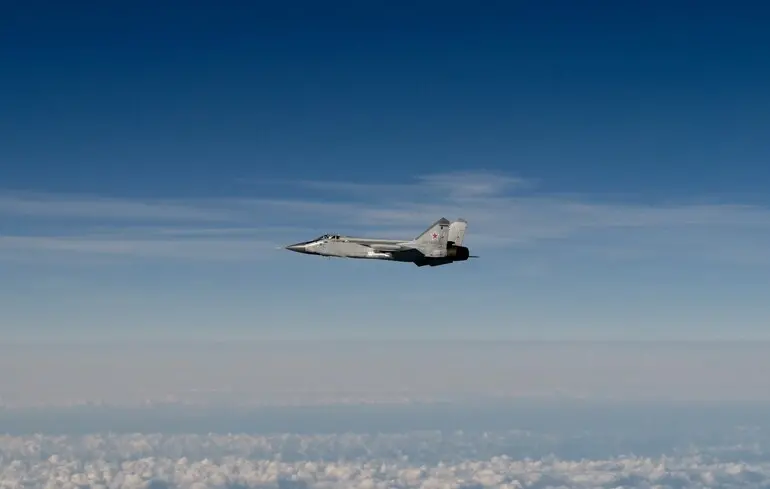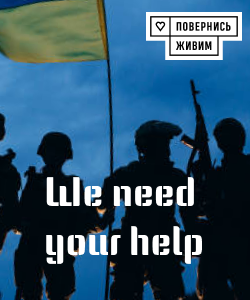Why NATO Cautiously Handles the Shooting Down of Russian Fighters Violating Its Airspace

Recently, NATO has faced an increasingly frequent challenge: Russian aircraft violating the airspace of member countries.
Over the past few weeks, several incidents have underscored the tense situation, notably the interception and recognition of Russian military aircraft operating provocatively near NATO borders.
On September 19, three Russian MiG-31 fighters intruded into Estonian airspace for 12 minutes, prompting a swift response from NATO fighters, including Italian F-35s involved in the enhanced Baltic air patrol mission.
Earlier this month, reports also indicated Russian drones crossing into Polish territory, with at least three being shot down by Polish F-16s and Dutch F-35s, highlighting the escalation of tensions.
In response, NATO allies publicly affirmed that they would respond within the framework of international law, using all necessary military and non-military means to defend themselves against such provocations.
The rules of engagement within NATO remain classified but are believed to govern the scope and circumstances under which military force can be used.
Experts point out that these rules are designed to balance strategic deterrence with diplomatic caution.
NATO Secretary General Jens Stoltenberg emphasized that decisions regarding military action are based on intelligence assessments and threat evaluation.
The cautious approach to not immediately shooting down Russian aircraft is influenced by the risk of escalation and the desire to avoid full-scale conflict.
Former Estonian Air Force commander Jaak Tариєн noted that NATO’s response aligns with established procedures and that the use of force is reserved for clear and immediate threats.
Discussions about potential updates to NATO’s rules of engagement are ongoing, with some member states advocating for quicker and more decisive responses, especially in the face of repeated provocations.
The overall stance remains that NATO aims to uphold a balance between deterrence and avoiding unintended escalation.
The history of incidents—such as the 2015 downing of a Russian Su-24 by Turkey—illustrates the complex dynamics at play, where national decisions and alliance policies intertwine.
Ultimately, NATO’s cautious stance aims to prevent further escalation while simultaneously signaling its readiness to defend its members if necessary.
The debate continues about how and when to strengthen the rules governing airspace violations, balancing military preparedness with diplomatic prudence.

